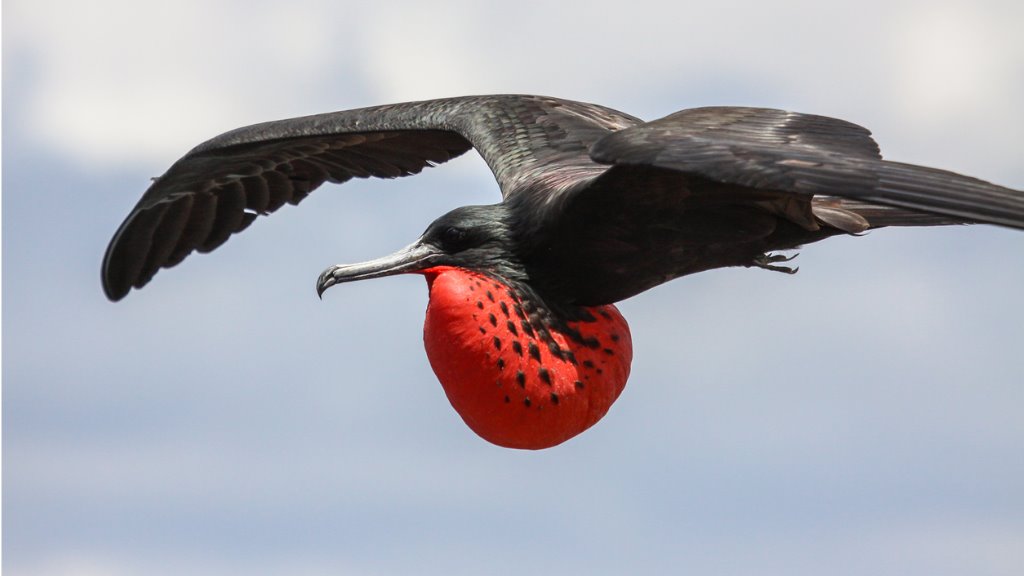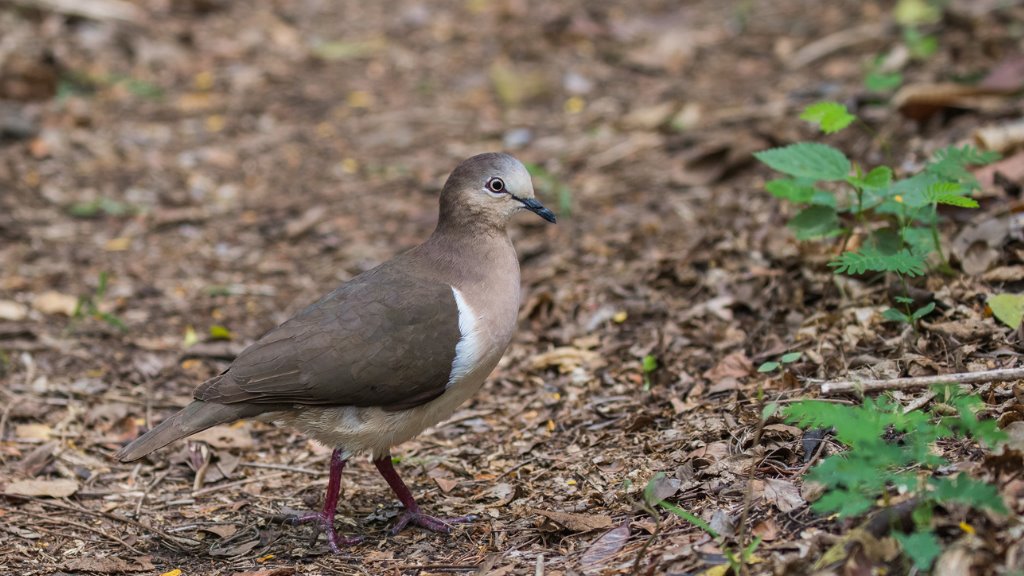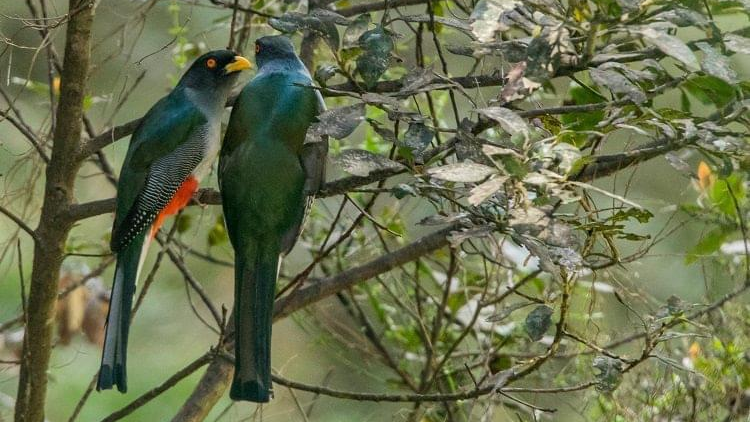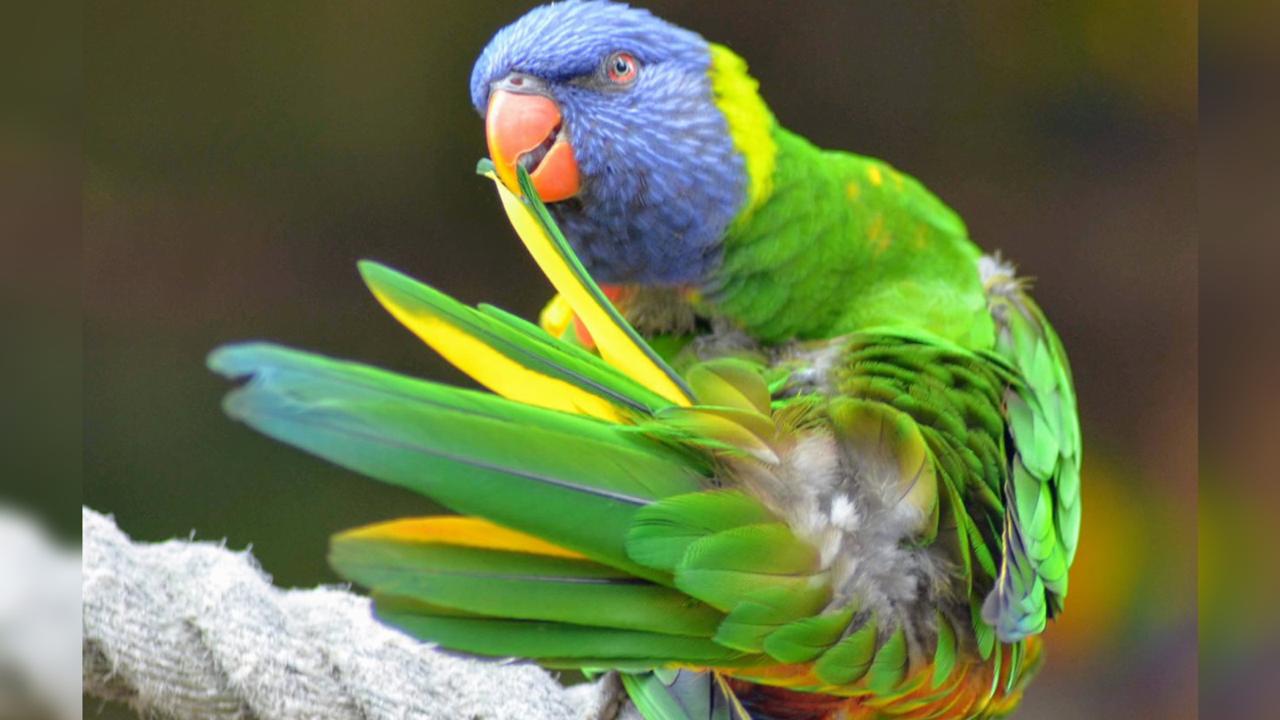The Caribbean Community, CARICOM consists of 15 member states and five associate members.
Although separated by the Caribbean Sea and the Atlantic Ocean, these islands are inexplicably connected, partners in growth, direction and purpose.
Despite similarities in culture and history, each country is blessed with characteristics that are unique, making them stand out as individual territories.
We’ve embarked on a mission to introduce you to the national emblems of the islands we call home.
First, a list of national birds of CARICOM member states.
- ANTIGUA & BARBUDA- The magnificent frigate bird

Also known as the Man-o-War/Weather Bird, this frigate bird is a relative of the pelican. Males have red chests, which they expand to attract the attention of the female who tickles their fancy. Females are white breasted.
Frigatebirds weigh about three pounds, have a wingspan of approximately 8 feet, and have a deeply forked tail. They are known to fly about 22 miles per hour.
- BARBADOS- The brown pelican

Although featured on the National Coat of Arms, the Brown Pelican is rarely seen on or around the island. Until the 1950s, Pelican Island, so named because of the pelicans that nested there, existed off the west coast of Barbados. The sea between Barbados and Pelican Island is part of the deep water port of Bridgetown, where cruise ships dock.
- BAHAMAS- Flamingo

These bright red-legged birds are found in three main nesting groups in the West Indies region, Greater Inagua, Yucatan in Mexico, and the island of Bonaire in the Netherlands Antilles. Some say over 50,000 flamingos inhabit Inagua’s 287 square miles of wilderness. They are protected by rangers employed by the Bahamas Flamingo Conservation Society, through the territory’s national trust, which was first established in 1959.
- BELIZE- Keel Billed Toucan

Also known as the “bill bird”, toucans are considered one of the most iconic species of the neo-tropics, as they exist nowhere else in the world.
Keel-billed toucans are very social birds and can be seen playing in pairs or small groups. They lay one to four eggs at a time, the parent birds taking turns incubating the eggs.
Their calls are a cooing sound similar to some species of frogs.
Toucans are primarily fruit eaters. They feed by cutting open the fruit and tilting their head back to swallow it whole. They also feed on insects, lizards and even the eggs of smaller birds.
- DOMINICA- Sisserou parrot

The Sisserou parrot or Amazona imperalis is often referred to as the pride of Dominica.
It is thought to be one of the oldest species of Amazon parrot and could only be found in Dominica. Sisserou parrots are extremely shy and will hardly be spotted in populated areas. They can live up to 70 years in captivity, but their lifespan is much shorter in the wild.
Adult sisserous are usually 18 to 20 inches long, 8 inches wide and they weigh 2 pounds.
These parrots are monogamous and will only seek another mate when/if their partner dies.
- GRENADA- Grenada Dove

This bird is also known as the Pea Pigeon or the Well Pigeon and according to Bird Life International, it is one of the most critically endangered pigeons in the world.
These birds have never been seen outside the forest or even flying above the forest canopy. Experts say they are probably isolated in areas of remaining habitat. In 1996 the Grenada government established Mt Hartman National Park, a protected area which is home to the islands’ national bird.
- GUYANA- Canje pheasant

Also known as the Hoatzin, this bird is reddish brown with green stripes. One of its most distinctive features is the cluster of long feathers on top of its head, which some say give it an almost majestic finish.
These birds can be found in areas along the Berbice River and its tributary, the Canje Creek throughout the year. Canje pheasants feed on the leaves of aquatic vegetation, their beaks are short and extremely thick. Their usual nesting period is from April to September.
- HAITI- Hispaniola Trough

These sub-tropical creatures are endemic to Haiti and the Dominican Republic and can usually be found in densely forested areas. They are colorful and small with a beautiful sharp call, similar to that of a dove.
- JAMAICA– Doctor bird

The ‘doctor bird’, the red-billed ribbon-tail or scissor-tail hummingbird, is native to Jamaica. Some say the doctor bird was so named because of its long black tail, which resembles the coats doctors were known to wear in the past.
- MONTSERRAT- Montserrat Oriole

The national bird of Montserrat is critically endangered. Adult males are black and yellow, while females and young males are yellowish green. Orioles are slender, long-tailed birds with a conspicuous silvery-white tinge on the lower back. Found only in the rainforest and at high altitude in the elfin forest, they build their nest under the leaf of the Heliconia, the island’s National Flower.
- SAINT KITTS & NEVIS- Booby the Brown Pelican

Brown pelicans, known locally as Booby, love the water and can usually be spotted on the coast. When young, their head, neck and upper body are brown, while the lower half of their body is white. As they mature, their feathers turn a darker shade of brown, while the head turns white.
Grebes are usually spotted in small flocks while feeding. They nest in colonies in trees and low shrubs. They feed by diving from above, using the force of the blow to stun small fish before they catch them.
- ST VINCENT & THE GRENADINES- St. Vincent’s parrot

This beauty is 16 to 18 inches tall when fully grown. It is the only type of parrot found in St. Vincent and the Grenadines. Its unique coloring makes it easily identifiable. The head is white, yellow and green; the neck is mostly green while the body feathers are mostly gold and brown washed with green.
Their tails are green and purple, broadly tipped with yellow.
- Saint Lucia- St. Lucia Parrot

These birds have only ever been found in Saint Lucia. They are mostly green with a distinct cobalt blue front. Saint Lucia parrots are cavity nesters, they lay two or three white eggs in the hollow of large trees during the early dry season, between April and February. Incubation lasts 27 days and the young hatchlings leave the nest 67 days after hatching.
- SURINAME- Great Kiskadee

These birds are quite friendly. They live mainly in forests, but are often found near tourist resorts and hotels built in mountainous areas. Great Kiskadee usually hatch between four and six eggs each season, their incubation period is 16-20 days.
- TRINIDAD AND TOBAGO Scarlet Ibis & Cockerel

The Scarlet Ibis can be found in parts of South America and Trinidad and Tobago. Their largest known habitat is the Caroni Swamp in central Trinidad. These birds are brown when young, but the color changes to a brilliant red as they mature.
The national bird of Tobago is the Cocrico. Also known as Red-tailed Guan or Rufus-tailed Chachalaca, these are the only game birds on the island. They are the size of an ordinary bird, brown in color with a long tail.
Both of these birds are featured on the coat of arms of Trinidad and Tobago and are protected by law.


